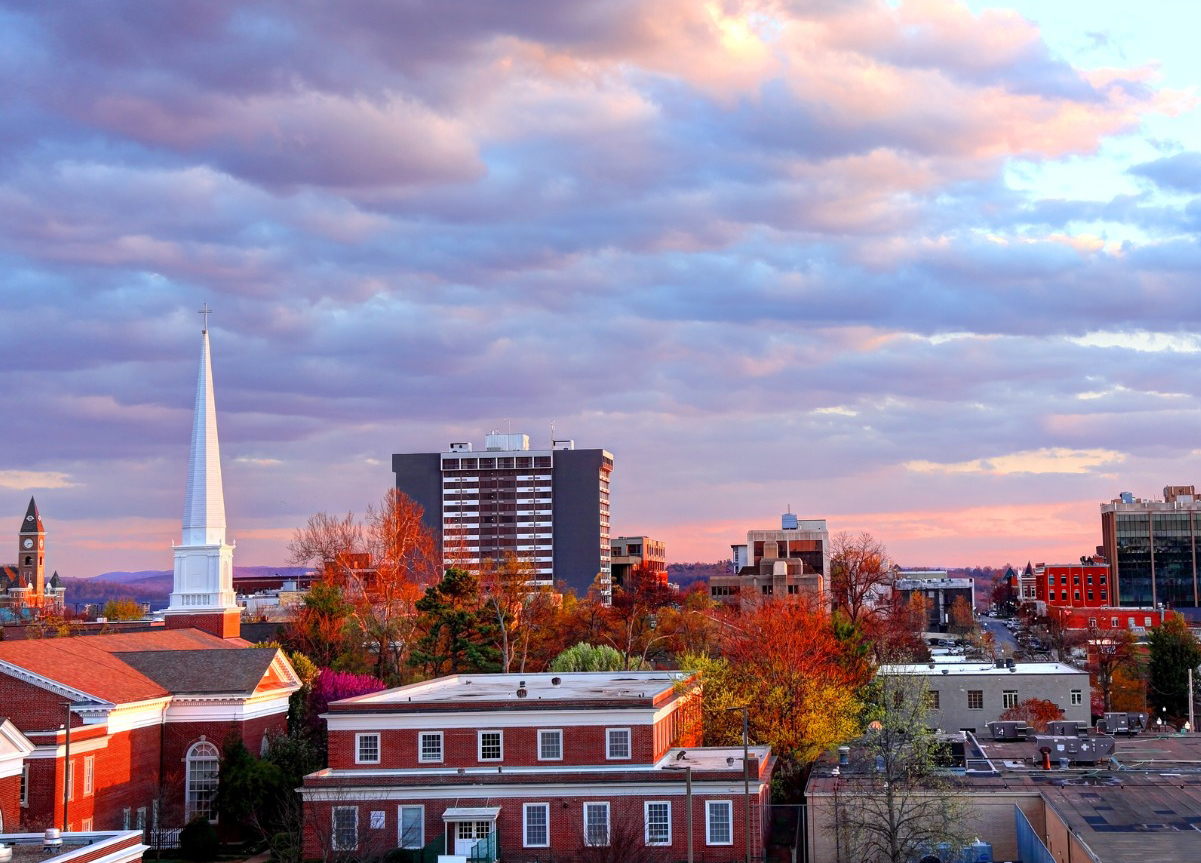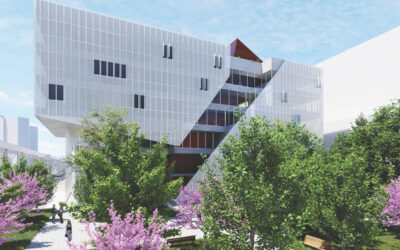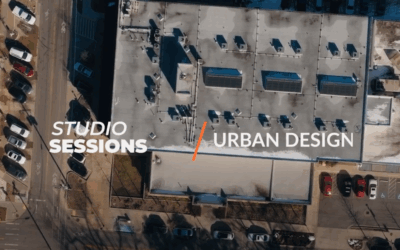The Northwest Arkansas Council’s (NWAC) most recent annual report describes the area’s heavy-hitters to be performing better than ever, with Walmart remaining first on the Fortune 500 list, Tyson climbing six spots and J.B. Hunt ascending 31. Similarly, the University of Arkansas continues to increase in student count, with record setting graduate enrollments in 2020. The area is undoubtedly maintaining a boom in institutional, cultural, and economic success. But if you’re interested in joining the party, you better hope you can handle the competition.
NWAC, a collaborative executive action and reporting body for the area, announced the expected need for 80,000 new homes by 2040, amounting to nearly an astounding 4,500 homes developed annually. Despite the dearth in housing, advertising the area as both affordable and available under the “Life Works Here” campaign has seen no reduction. In the most extreme case, a monetary sweepstakes hosted by the Walton Family Foundation and NWAC to attract multinational talent to the area is currently underway, selling the area as best for “those eager to move from congested and expensive larger cities and suburbs.” Where and how are these potential 320,000 prospective Arkansans going to keep warm in winter, cool in the summer, and dry in the rain? Who can stand against an inexorable clock to match demand with supply? More specifically, how might the area avoid becoming a “congested larger city or suburb?” It’ll take an army of collaboration. The Northwest Arkansas metropolitan is a net of arterial roads offering subdivisions and scenic forest routes, with expansions and changes ideating from the spinal cord of Interstate-49. The area is effectively linear, spanning from Bella Vista in the north to Greenland in the south and offering work and play to 535,000 people.
Expanding perpendicular to I-49 would offer inexpensive, undeveloped land close to the major consortiums that support the financial success of the area as well as varied forms of entertainment. The Northwest Arkansas Regional Planning Commission released an updated metropolitan area planning map as of May 2021 where the Federal Highway Administration adjusted the expectation for the Northwest Arkansas urban area to extend as far as 20 miles west of Lowell. Mirrored along the interstate, expansion east of I-49 is limited by Beaver Lake and the White River. Intuitively, the expansion seems bound by a 30-minute commute from the west to the household-name corporations and institutions. Some state highway improvements have already been presented to the public, like the broadening of Highway 112 between Tontitown and Bentonville.
The easily advertised cultural haven of Northwest Arkansas has seen recent investment and consequent additions as the area continues to compete for talent with other up-and-coming American metropolitan areas such as the Texan Austin-Round Rock-Georgetown metro or the Durham-Chapel Hill metro in North Carolina, which both host well-known institutions or corporate juggernauts. Though hidden for generations between the elderly Boston Mountains and the Missouri border, a fostered mix of callused hands, artists, back-to-earthers, academics, island culture, and agriculture spread across three counties. This mix allowed for high quality of life, interesting cultural diversity, and a lack of claustrophobia. According to NWAC, Northwest Arkansas differs from other developing metros most prominently with regards to a lack spendable of income. Though, the lower cost of goods, services, and cost of living may offer an attractive low monetary barrier to entry for those incoming from around the country, those currently living in the area may very-well suffer from inflation caused by a swell of high-income nomads.
As new developments with considerations for space, location, and cost, multifamily housing continues to cast shadows over alternatives. Modern Northwest Arkansas multifamily rental developments have set record highs in asking price, some nearing $1.40 per square foot. Recent rental asks are on par with the costs of Durham-Chapel Hill metro, despite the near 30 percent deficiency in typical household income. And, according to RentCafe, NWAC, and the U.S. Census, rent in Northwest Arkansas typically consists of over 35 percent of a household’s monthly expenses. If additional housing collectives continue the trend of developing for strictly incoming talent, rent inflation and consequential familial relocation of established households may take place.
Anecdotal rent spikes shed light on another obstacle Northwest Arkansas may face: a shortage of high-income multifamily housing. Assuming you have a 20 percent down payment ($69,200), your total mortgage on a $346,000 home (average cost of a residence in Northwest Arkansas) would be $276,800. For a 30-year fixed mortgage with a 3.5 percent interest rate, you would be looking at a $1,243 monthly payment. Comparing the monthly rate for a three-bedroom, two-bathroom townhome at $2,200, if one can afford the down payment, purchasing a home is a cost conservative decision. Development of multifamily complexes over subdivisions is much more time effective in consideration for the number of incoming individuals and families. This results in the rate at which multifamily availability occurs outpacing that of single- family dwellings. Assuming those relocating are new unestablished members of the Northwest Arkansas workforce, a down payment likely isn’t an option.
As reported by Jeff Della Rosa with the National Association of Home Builders (NAHB), in March of 2021, the NAHB suggests only 20 percent of households qualify for newly developed mortgage rates, decreasing the mobility of current homeowners. As new talent moves in, multi-family housing structures and/or increased commutes may be necessary changes for those rooted to Northwest Arkansas.
However, noticing the wave of population on the horizon for Northwest Arkansas allows for the opportunity to accommodate and succeed. Preserving the niche of small and uncongested, innovative development tactics to welcome the surge but preserve quality of life are universally beneficial. Who’s tasked with the work? Commissioned and contracted by governing bodies and investors, construction contractors, designers, architects and engineers act as tools to unite the requirements and priorities of those effected and those steering change in the area.
An architect may lobby for additional lush green space, flora, and effective use of topography to increase familiarity of new space effective multifamily housing or the implementation of above standard insulation for sound deadening for increased privacy and efficiency, maybe recommend building dimensions and geometry that’s capable of cohesively mixing demographics. Engineers are necessary for safe, cost effective, and efficient system design and implementation to aid in consumer housing expenses or the development of infrastructure improvement and expansion. Interior designers are capable of molding the experience of the occupant, showcasing a changing region from within the comfort of a new home. Any design decision, no matter the quality, requires dutiful contractors and construction agencies to successfully transform the decision into reality.
What’s next for the area? To usher in new talent, Northwest Arkansas executives and governing bodies must call upon the existing talent in the area. Decisions that affect so many lives are not only a weighty financial investment, but a moral responsibility for those who are making them.
This article was originally published in AMP News Online.




